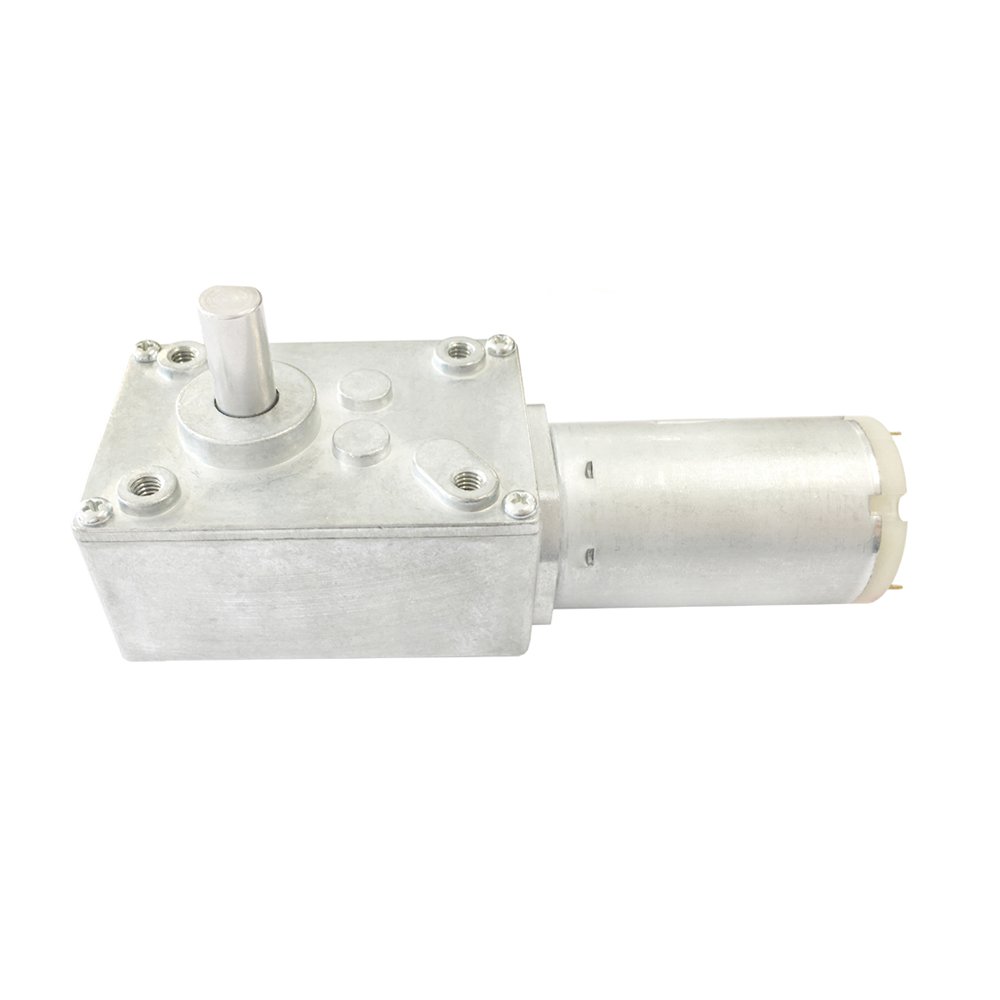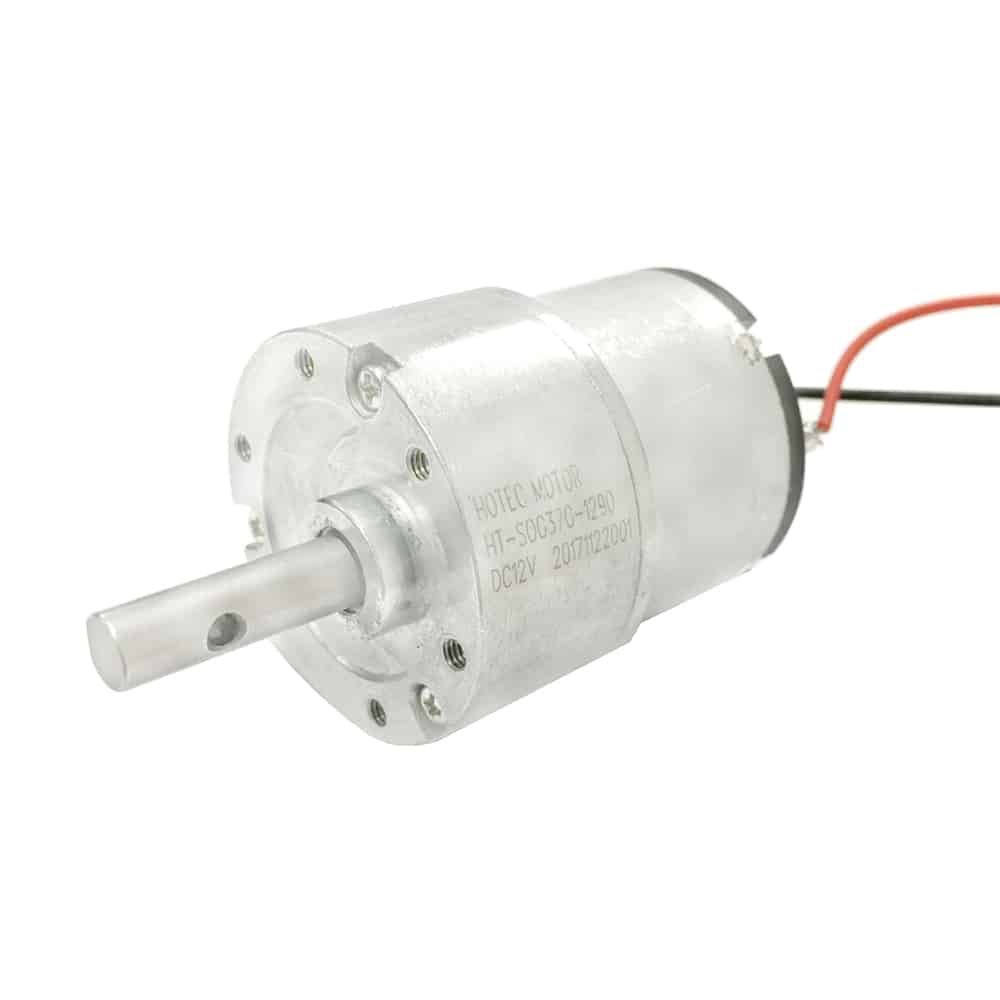Reducing the RPM (revolutions per minute) of a DC geared motor is a common requirement in various applications. Whether you’re working on a robotics project, an industrial machine, or a custom device, controlling the speed of your DC motor can be crucial for performance and precision. Here are several methods to achieve this:
1. Adding External Geartrain
One of the simplest and most effective ways to reduce the RPM of a DC motor is by increasing the gear ratio by adding more geartrains externally. By adding an external gear reducer with the appropriate gear ratio, you can achieve your desired RPM.
Benefits:
- Increases torque.
- Provides precise speed control.
- Simple to implement.
Considerations:
- Consider the space and weight constraints of your application.

2. Pulse Width Modulation (PWM) Control
PWM control is an electronic method to reduce the RPM of a DC motor. By adjusting the duty cycle of the PWM signal, you can effectively control the speed of the motor without affecting its torque.
Benefits:
- Efficient and precise speed control.
- Minimal heat generation compared to other methods.
- Easily adjustable with microcontrollers or dedicated PWM controllers.
Considerations:
- Requires an understanding of electronics and PWM signals.
- Additional components (e.g., PWM controllers, microcontrollers) may be needed.

3. Reducing Supply Voltage
Another straightforward method to reduce the RPM of a DC motor is by lowering its supply voltage. This method directly affects the motor’s speed but also reduces its torque.
Benefits:
- Simple and cost-effective.
- No additional components required if the power supply is adjustable.
Considerations:
- Reduces both speed and torque.
- May not be suitable for applications requiring high torque.

4. Using a Series Resistor
Inserting a resistor in series with the motor can reduce the voltage and, consequently, the RPM. This method is simple but not very efficient, as it dissipates energy in the form of heat.
Benefits:
- Simple and inexpensive.
- Easy to implement.
Considerations:
- Inefficient due to power loss in the resistor.
- Reduces both speed and torque.
- Not suitable for precise speed control.

5. Electronic Speed Controllers (ESCs)
Electronic Speed Controllers (ESCs) are specialized devices designed to regulate the speed of DC motors. They are particularly popular in applications like drones, RC cars, and other hobbyist projects.
Benefits:
- Precise and efficient speed control.
- Often include additional features like braking and reverse operation.
Considerations:
- Can be more expensive than other methods.
- Requires compatibility with the motor and power supply.

Conclusion
Reducing the RPM of a DC geared motor can be achieved through various methods, each with its own benefits and considerations. Whether you choose a mechanical approach like adding an external geartrain or an electronic method like PWM control, it’s essential to consider the specific requirements and constraints of your application. By selecting the right method, you can ensure optimal performance and longevity of your motor and the overall system.
For more information on our range of DC geared motors and speed control solutions, feel free to contact us. Our team of experts is here to help you find the perfect motor for your needs.

